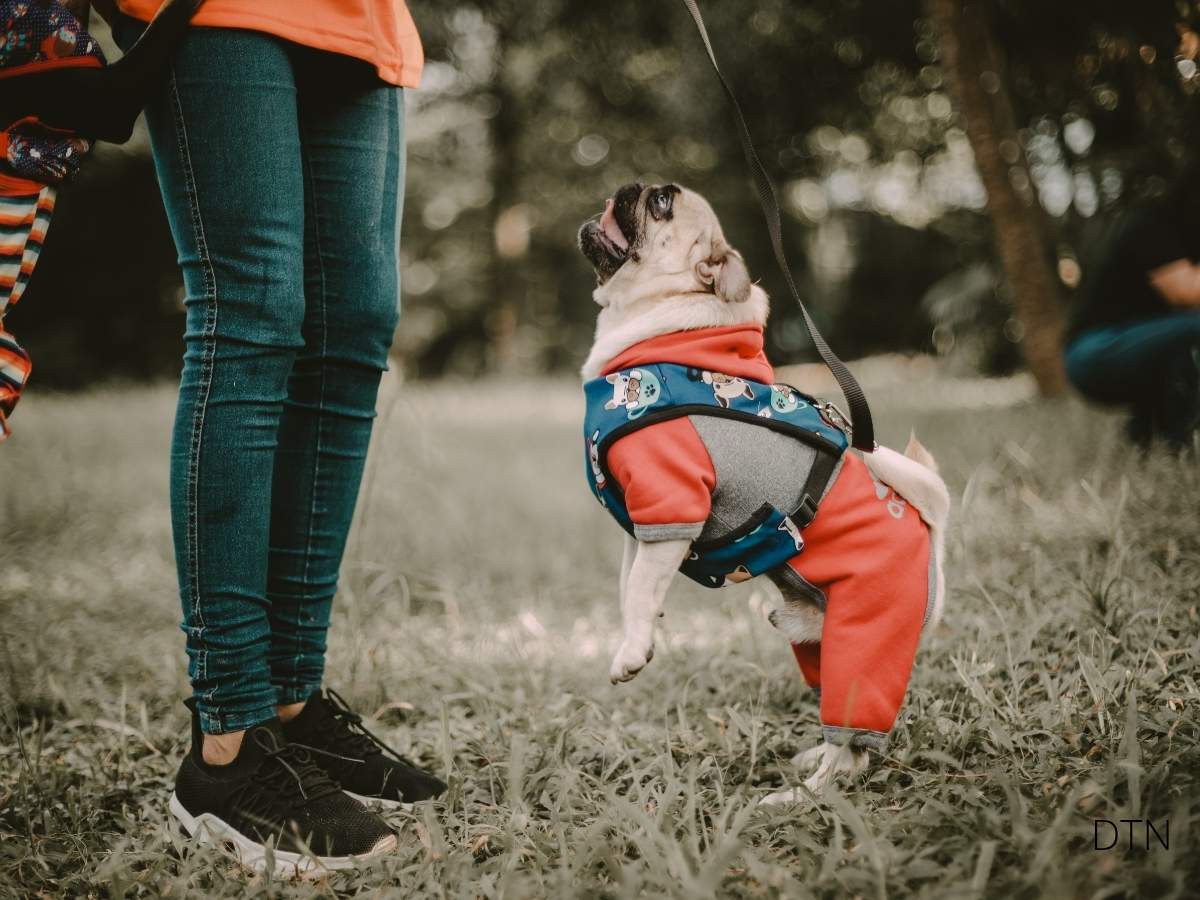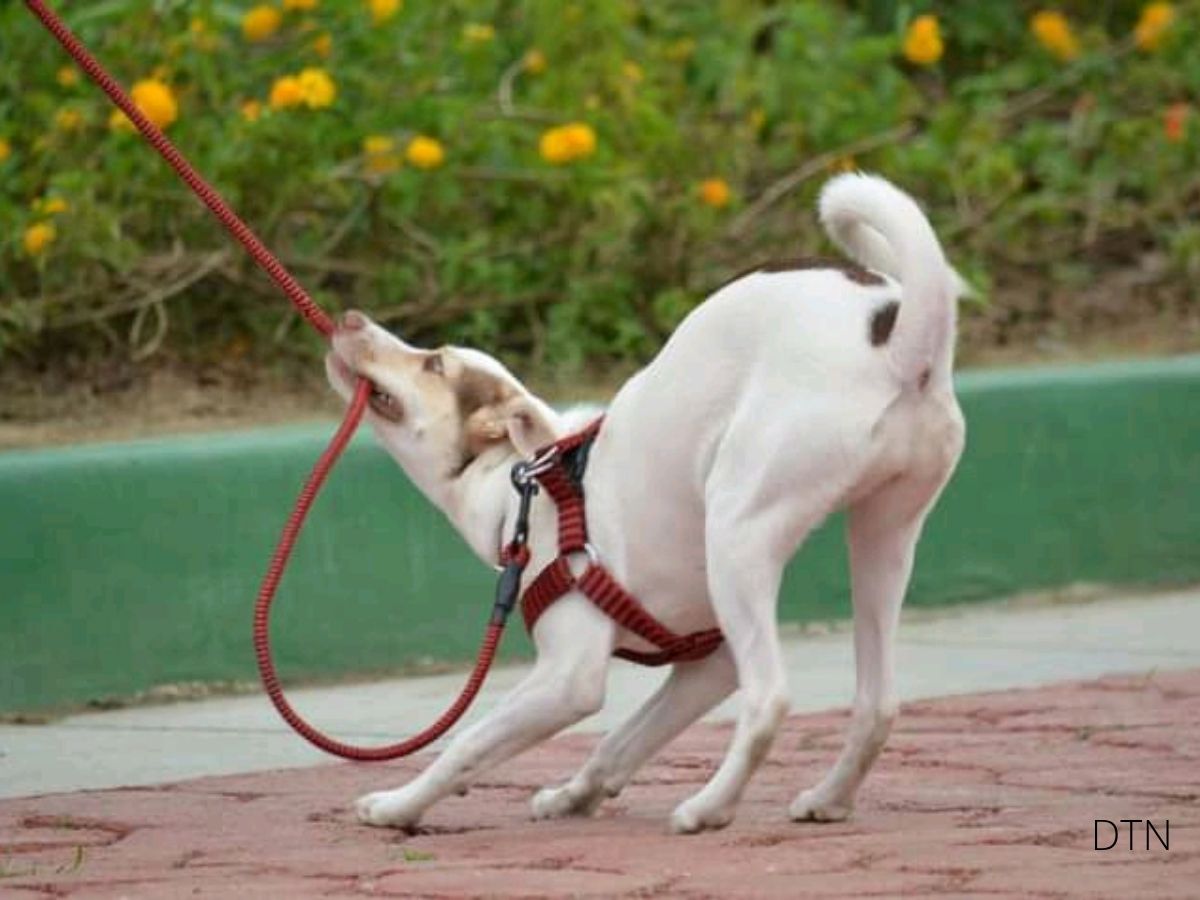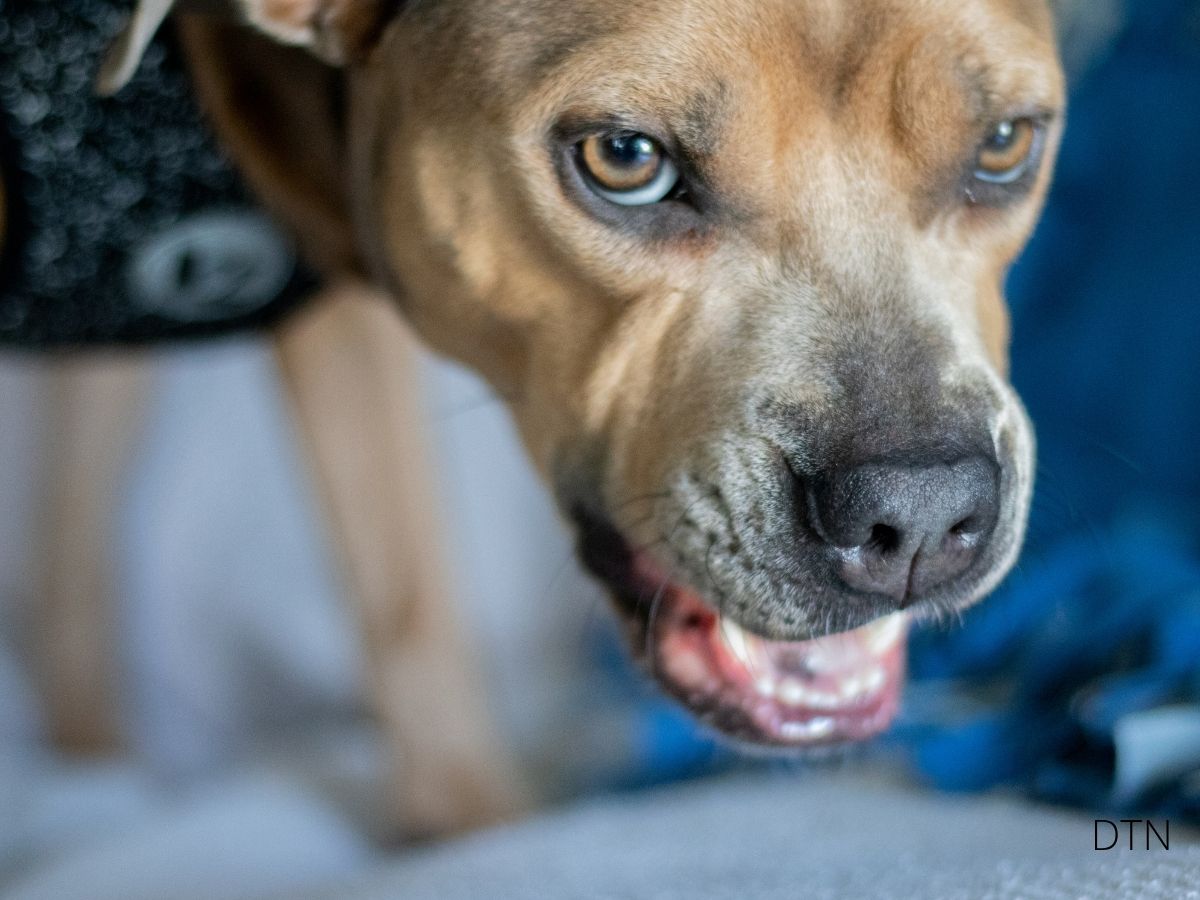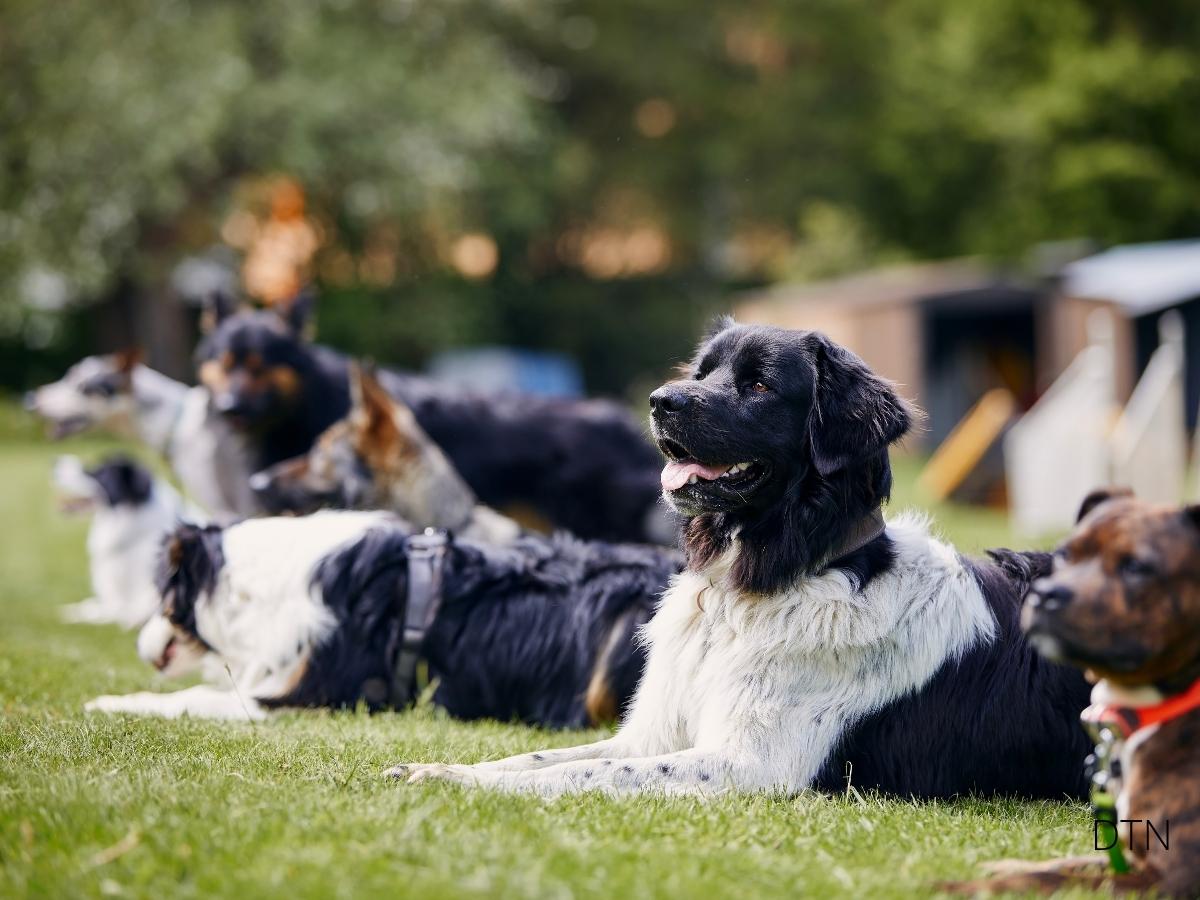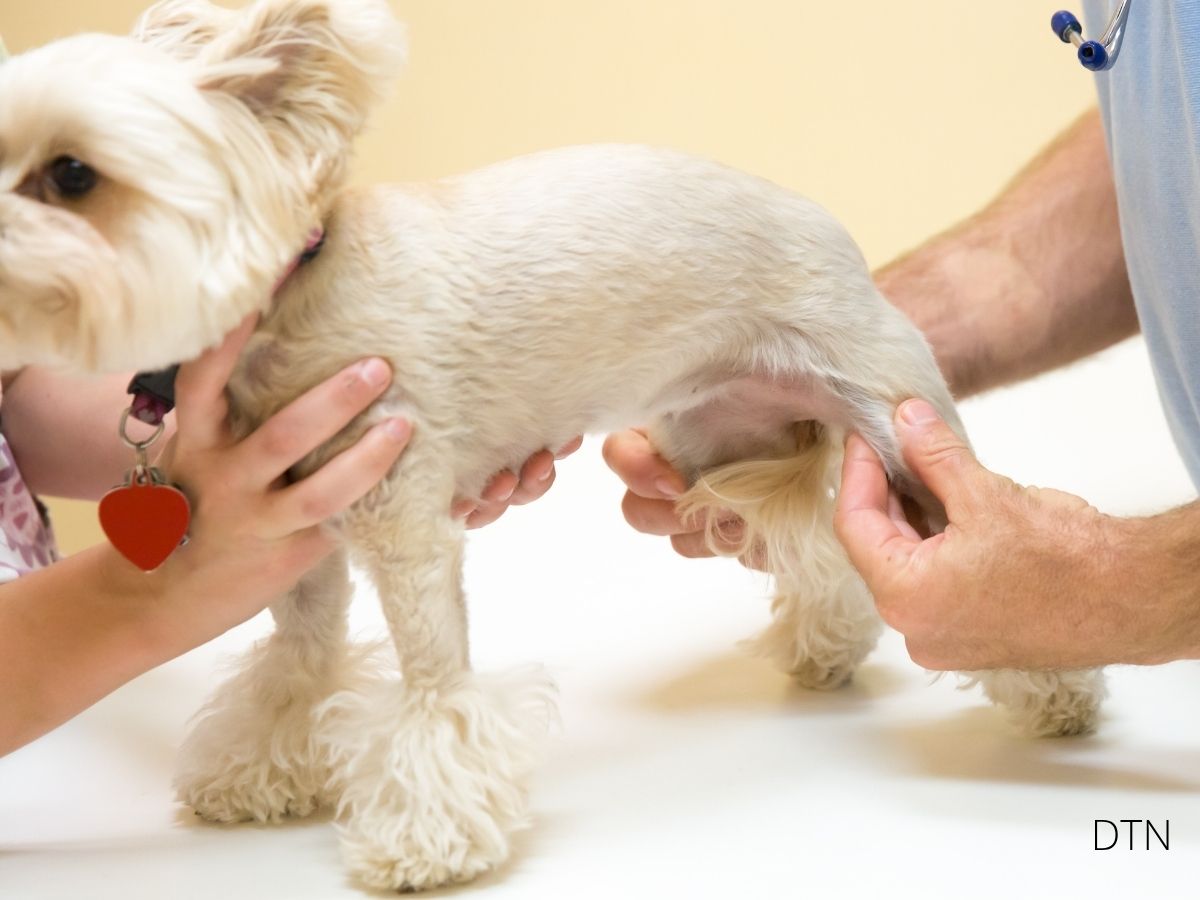The Word That Changes Nothing
You’ve said it a thousand times. “No.” Firmly, gently, with rising frustration as your dog continues doing exactly what you don’t want. Yet somehow, that simple word dissolves into the air, leaving your furry friend confused and you feeling unheard.
Here’s the truth: “No” isn’t failing because your dog is stubborn. It’s failing because, from a neurocognitive perspective, your dog’s brain cannot process what “No” actually means in terms of actionable behavior. Through the NeuroBond approach, trust becomes the foundation of learning—not fear or confusion. Let us guide you through why this single syllable undermines training and what you can offer instead. 🧡
How Your Dog’s Brain Processes “No”
The Cognitive Confusion
Dogs expect human communication to be clear, informative, and easy to process. Research shows that effective cues should have low processing costs and high cognitive benefits. When you give effective cues, your dog can quickly understand what action you’re requesting, process the information without emotional interference, and experience success through clear direction.
“No” violates every principle of effective communication. It tells your dog what to stop, but offers zero information about what to do instead. Your dog must stop their current action, but without guidance on alternatives, they’re left guessing. Is jumping wrong always or just now? Should they sit, lie down, or move away? The cognitive effort required to decode “No” is substantial, and the informational reward is minimal.
When Correction Becomes Threat
Inside your dog’s brain, the amygdala acts as an emotional alarm system. When you say “No” with an angry or frustrated tone, your dog’s amygdala lights up—not with understanding, but with threat assessment. Heart rate increases. Stress hormones flow. Your dog’s cognitive resources shift from learning mode to survival mode.
The amygdala doesn’t distinguish between genuine threats and harsh verbal cues. Both register as potentially dangerous, diverting your dog’s attention away from learning and toward self-protection. Dogs can even detect human stress through scent alone, triggering risk-reduction behaviors where they become cautious, less explorative, and less willing to try new behaviors. 🧠
The Emotional Damage of Repeated Correction
Physical Stress Responses
Your dog’s body responds to verbal punishment in measurable ways. Physical signs of stress include rapid panting, dilated pupils, tense body posture, tucked tail, lip licking, yawning, sweaty paw prints, trembling, and avoidance behaviors like turning away or hiding.
The stress response isn’t just uncomfortable—it actively interferes with learning. A brain in survival mode cannot effectively encode new information or practice problem-solving. You might get momentary compliance through intimidation, but you won’t get understanding or lasting behavioral change.
Emotional Contagion and Trust Erosion
Dogs mirror owner tension. If you deliver “No” with rising frustration, that frustration transfers to your dog. This creates a feedback loop: unwanted behavior → frustrated “No” → dog feels tension → anxiety makes learning harder → behavior continues → frustration grows.
Trust between you and your dog is built on predictability, safety, and positive interaction. Consistent use of “No,” especially when delivered unpredictably or with varying emotional intensity, makes your dog perceive interactions as risky rather than rewarding. Over time, this erosion of trust makes training harder and diminishes the joy that should define your relationship. 💙
Learned Helplessness
If your dog repeatedly hears “No” without understanding what behavior would earn approval, they may develop learned helplessness. They’re told they’re wrong but never shown how to be right. Over time, this leads to dogs who “shut down” during training—avoiding eye contact, moving slowly, or refusing to engage. This isn’t defiance; it’s a dog who has learned their actions consistently lead to negative feedback without a clear path to success.
What Works Instead: The Power of Clarity
Replacement Behaviors
Instead of telling your dog “No” when they jump on guests, teach them that sitting earns attention. This is the concept of replacement behaviors—providing a clear, desirable alternative to the unwanted action.
Instead of “No”:
- When your dog jumps on guests → “Sit” or “Place”
- When your dog pulls on leash → Stop and wait for loose leash, then “Let’s go”
- When your dog barks at the window → Their name + “Come” or “Quiet” + immediate reward
- When your dog chews furniture → Redirect to appropriate toy and praise
- When your dog begs at table → “Place” before meals with rewards for staying
Replacement behaviors work because they satisfy your dog’s underlying motivation while channeling it into acceptable forms. Your dog jumps because they want attention—teaching them that sitting gets attention more reliably transforms motivation into behavior you actually want.
Clear Communication That Builds Understanding
The Invisible Leash reminds us that awareness, not tension, guides the path. When you approach corrections with calm clarity rather than emotional charge, you create space for learning.
Essential techniques:
- Pattern Interruption: Make a kissing sound or say your dog’s name (neutral tone) the moment you see them preparing for unwanted behavior
- Immediate Redirection: Follow interruption with a clear cue: “Sit!” or guide them to their bed
- Environmental Management: Remove temptations, use baby gates, provide appropriate outlets
- Positive Reinforcement: Mark and reward desired behaviors within one second of occurrence
Your dog’s name should be the most positive sound they hear—a signal that something good is about to happen, never a correction. Say their name in a bright tone, wait for them to look, then either give a cue or reward for checking in.
I wonder if other dogs think poodles are members of a weird religious cult.
– Rita Rudner
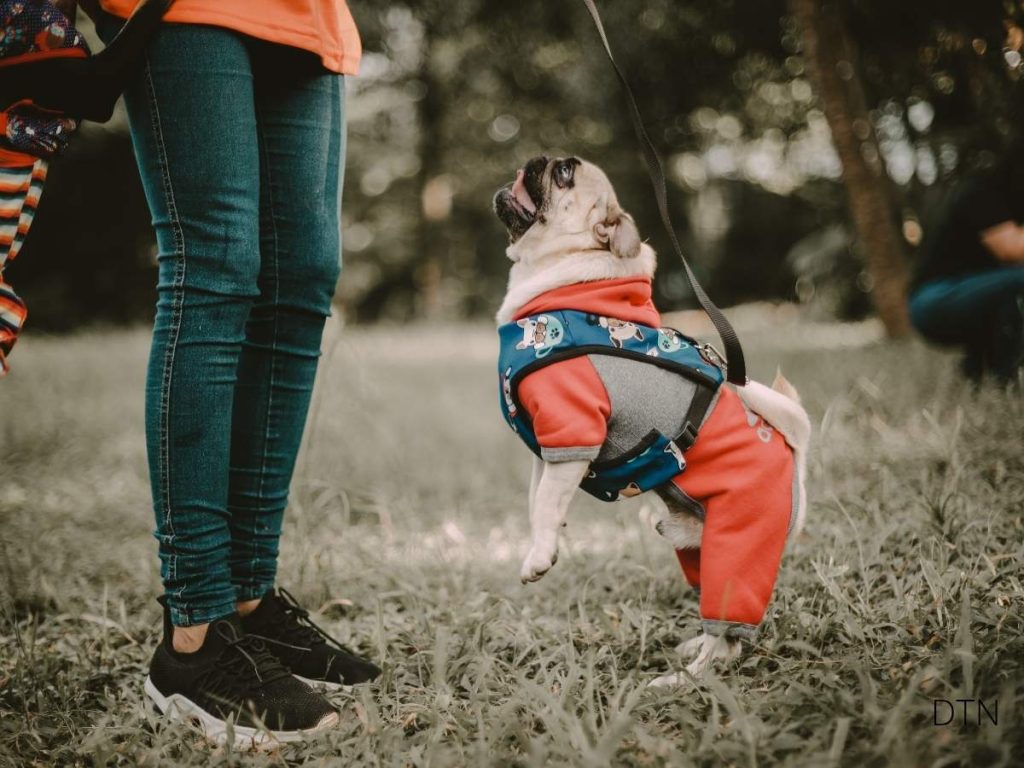
Emotional Regulation: The Missing Piece
Managing Your Own Stress
Before you can help your dog regulate emotions, you must regulate your own. Notice what happens in your body when your dog repeats unwanted behavior. Does your jaw tighten? Shoulders rise? Breathing become shallow? Your dog reads every signal through body language, tone, facial expression, and scent.
Techniques for staying calm:
- Take three slow, deep breaths before responding
- Reframe: “My dog doesn’t understand yet” instead of “My dog is being bad”
- Use neutral language even when frustrated
- Take breaks if you feel genuinely angry
- Practice gratitude before training sessions
- Drop your shoulders and relax your jaw consciously
- Remind yourself: “This is a teaching moment, not a battle”
Your emotional state is contagious. When you approach training with calm confidence, your dog absorbs that tone and reflects it back. They learn that training situations are safe, predictable opportunities for success. 🧡
Reading Your Dog’s Signals
Stress signals that mean “I need a break”:
- Excessive yawning, lip licking, or tongue flicks
- Whale eye (showing whites of eyes)
- Turning head or body away
- Freezing or becoming very still
- Shaking off when dry
- Sudden scratching or sniffing
- Refusal to take normally loved treats
Engagement signals that mean “I’m ready to learn”:
- Soft, attentive eyes focused on you
- Ears forward or naturally relaxed
- Loose, wiggly body language
- Tail in natural position with relaxed wagging
- Eagerly taking treats
- Quick response to cues
- Offering behaviors spontaneously
When you learn to read these signals, you can adjust training in real-time. This attunement creates connection where words become almost unnecessary—a shared understanding built on thousands of small moments of mutual attention.
Real-World Application: Jumping on Guests
The “No” Approach: Doorbell rings. Dog rushes to door, excited. Guests enter, dog jumps. You say “No! Down!” Dog drops momentarily, jumps again. You say “No!” more firmly. Dog looks confused, continues jumping. You grab their collar, pull back, repeating “No!” Guests uncomfortable. Dog anxious and overstimulated.
The Clarity Approach: Before guests arrive, practice having your dog go to “place” (bed near door). Doorbell rings, you calmly say “Place” and guide them there. Reward for staying. Guests enter. If dog breaks from place, block access with your body and redirect: “Place.” Once settled, invite guests to greet calmly. Throughout, tone remains neutral, instructions clear. Dog knows exactly what earns rewards.
The difference? First scenario: confusion, frustration, stress. Second scenario: clear job, specific feedback, opportunities for reinforcement. The emotional experience is completely different, and so is the outcome. 🧠
The Neuroscience of Trust-Based Training
Building Confidence Through Positive Experiences
Your dog’s brain constantly changes based on experience. When your dog experiences positive training—clear cues, successful responses, pleasant consequences—their brain forms strong associations between behavior, context, and reward. Dopamine, a neurotransmitter associated with motivation, strengthens neural connections, making behaviors more likely to recur.
Repeated positive experiences build “confidence circuits.” Your dog learns that trying new behaviors is safe, interactions with you are rewarding, and they have agency in earning good outcomes. This creates dogs who are engaged, willing to problem-solve, and emotionally resilient.
The Oxytocin Connection
Oxytocin, often called the “love hormone,” is released during positive social interactions. It creates feelings of warmth, trust, and connection, making you both more likely to seek positive interaction again. The hormone also enhances your dog’s ability to read and respond to your social cues.
Conflict-based training disrupts this cycle. When interactions are characterized by correction and stress, oxytocin release is suppressed. Trust-based training that emphasizes clarity and positive reinforcement keeps oxytocin flowing, strengthening your bond at a neurochemical level. 💙
Your Path Forward
Moving From Conflict to Clarity
The science is clear: “No” fails at the cognitive level (no actionable information), at the emotional level (triggers stress that interferes with learning), and at the relational level (erodes trust and damages bonds).
This week: Notice how often you say “No.” Just observe, without judgment.
This month: For each “No,” pause and ask: “What do I want my dog to do instead?” Then communicate clearly.
Essential skills to develop:
- Pattern recognition before behaviors fully develop
- Timing to mark behaviors within one second
- Consistency in cues and responses
- Patience allowing processing time
- Observation of body language and emotional state
- Self-awareness to regulate before affecting your dog
Moments of Soul Recall reveal how memory and emotion intertwine in behavior. If your dog’s strongest training memories involve frustration and confusion, those emotional imprints shape future learning. When you shift to clarity-based methods, you create positive emotional memories that make each new lesson easier to absorb.
The Essence of Partnership
That balance between science and soul—between understanding learning mechanisms and honoring emotional connection—that’s the essence of Zoeta Dogsoul. Your dog wants to please you, wants to succeed, wants to understand. Every moment of apparent defiance is actually confusion or lack of understanding.
When you shift from correction to clarity, you unlock your dog’s potential. You’ll see them light up with understanding. You’ll watch them eagerly offer learned behaviors. You’ll feel them relax into certainty that you’re a safe, predictable, trustworthy guide.
The path forward is clear. Your dog doesn’t need perfection—they need your patience, your clarity, and your presence. When you offer those consistently, you create something far more valuable than obedience. You create a partnership built on mutual understanding, respect, and trust—a bond that enriches every moment you share.
The path forward is clear. Will you take it? Your dog is ready to walk it with you. 🧡


